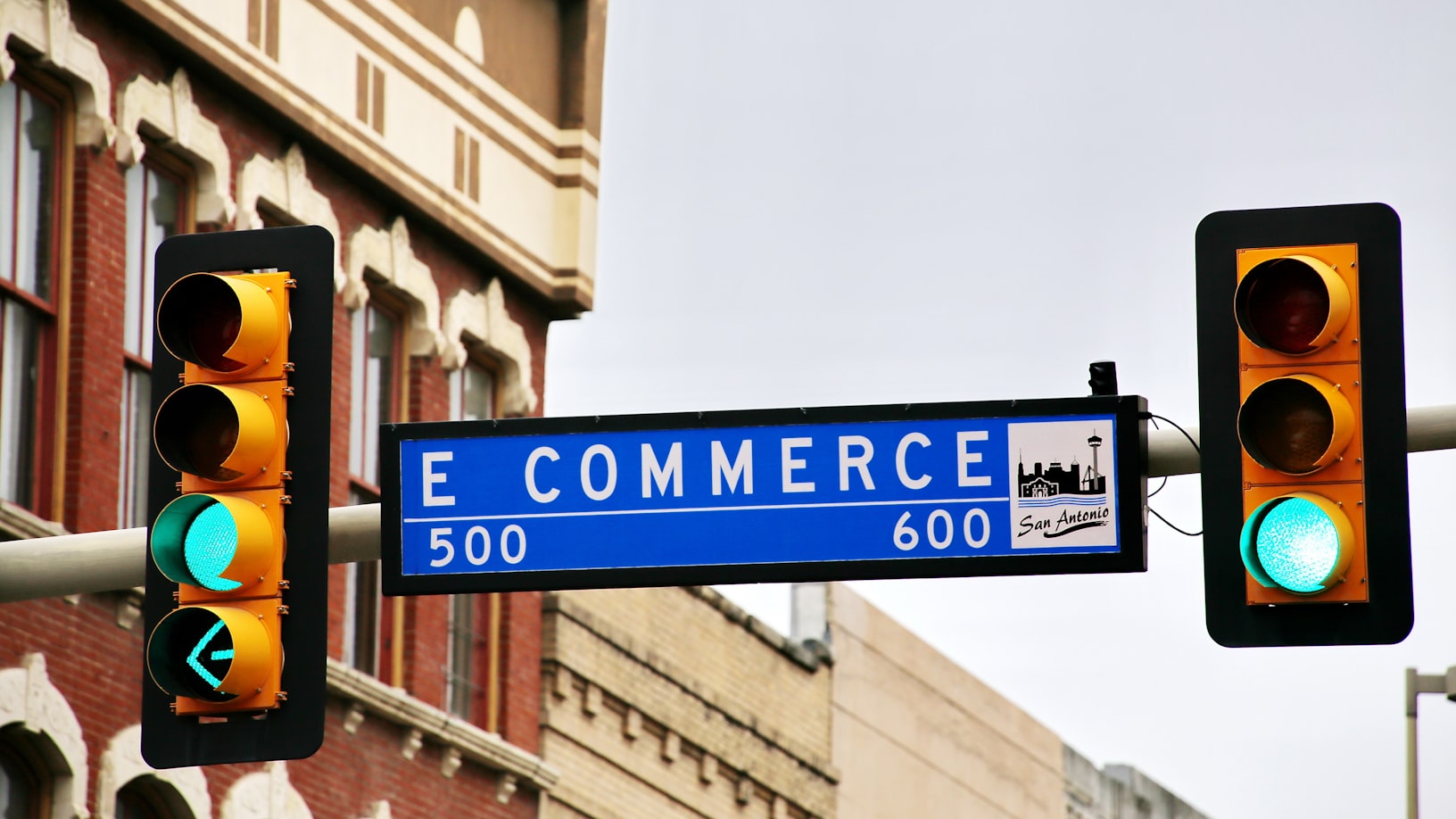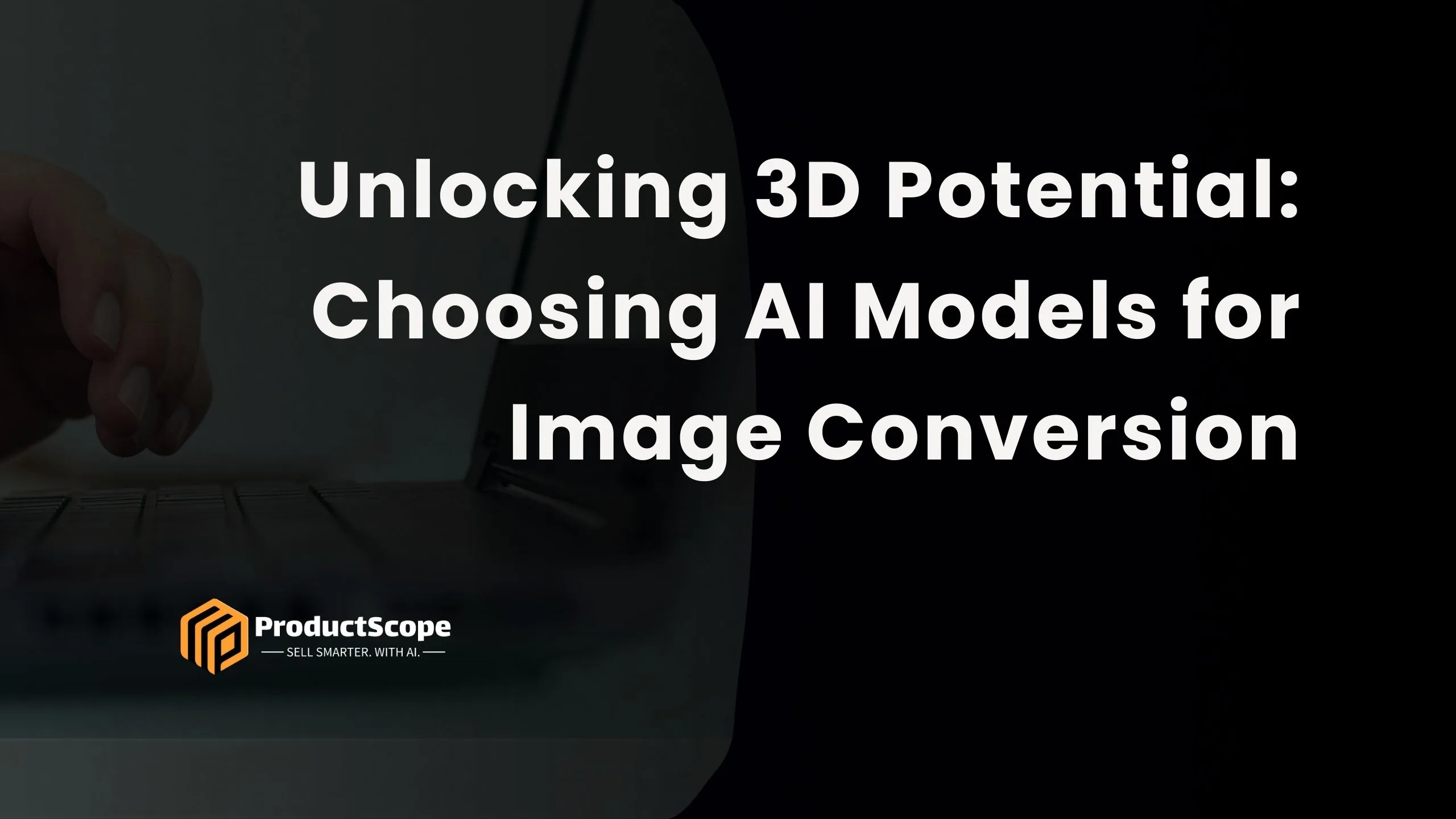In the dynamic world of e-commerce, the visual representation of products is not just an option; it’s a necessity. The advent of AI in image processing, particularly in converting image to 3D model AI, has opened new horizons for online businesses. This article delves into the realm of “image to 3d model ai,” exploring how these technologies are reshaping the e-commerce landscape.
A Quick Review on AI Image Generators

What are AI Image Generators?
AI image generators are revolutionizing the way images are created and utilized in various industries. By harnessing the power of artificial intelligence, these generators can take simple images and transform them into stunning 3D models. This technology has significant implications for e-commerce, as it allows businesses to showcase their products in a more visually appealing and realistic manner.
With AI image generators, companies can create lifelike representations of their products, enabling customers to have a better understanding of what they are purchasing. This not only enhances the overall shopping experience but also increases the likelihood of customer satisfaction and repeat business.
Furthermore, AI image generators have the potential to save businesses time and resources. Traditionally, creating high-quality 3D models required skilled designers and extensive manual work. However, with AI image generators, this process becomes automated and efficient. By utilizing existing data, these generators can quickly generate detailed 3D models without the need for extensive human intervention. This not only speeds up the production process but also reduces costs associated with hiring designers or outsourcing the task. Overall, AI image generators offer a powerful solution for businesses looking to enhance their visual content and streamline their operations.
How Do AI Image Generators Work?
AI image generators employ a combination of deep learning and computer vision techniques to create realistic 3D models from 2D images. The process begins with the generator analyzing the input image, breaking it down into its constituent parts such as shapes, colors, and patterns. The generator then uses sophisticated algorithms to understand the spatial relationships between these elements and extrapolate depth information. By comparing the input image to a vast database of existing images, the generator can learn patterns and textures that are commonly associated with certain objects or scenes.
Once the generator has extracted the necessary information, it starts reconstructing the image in three dimensions. It adds depth to flat surfaces, creates realistic textures, and refines the spatial relationships between different elements. This process involves complex mathematical calculations and neural networks that have been trained on large datasets. The generator continuously refines its output based on feedback from these networks, ensuring that the final 3D model is as accurate and visually appealing as possible.
How to Choose AI Models for Image Conversion

Understand Your Needs
To effectively cater to the image conversion needs of your e-commerce platform, it is crucial to have a comprehensive understanding of the specific tasks that are relevant to your business. One important task is image resizing, which involves adjusting the dimensions of product images to fit different display sizes across various devices. By ensuring that your images are optimized for different screens, you can provide a seamless and visually appealing shopping experience for your customers.
Another essential task is background removal, which involves eliminating the background from product images to create a consistent and professional-looking catalog. This process allows you to showcase your products without any distractions, ensuring that the focus remains solely on the item being sold. Background removal can be particularly useful when you have products with complex backgrounds or when you want to create a uniform look across your entire product range.
Image Quality and Consistency
When browsing through products online, customers heavily rely on the visual representation of the items to assess their quality and desirability. Therefore, it is imperative that the chosen image conversion model consistently produces high-quality images that accurately depict the products being sold.
High-quality images not only showcase the products in their best light but also instill a sense of trust and credibility in potential customers. Clear, sharp, and well-lit images can help customers visualize the product more effectively, allowing them to make informed decisions. On the other hand, low-quality or pixelated images can create doubts about the authenticity and professionalism of the e-commerce platform, leading to a loss of trust and potential sales.
Scalability and Performance
When it comes to e-commerce, scalability and performance are crucial factors to consider when choosing an AI model for image processing. With a large inventory and numerous images to process, it is essential to select a model that can handle the workload efficiently. The chosen model should be capable of scaling up to meet the demands of processing a high volume of images without compromising on performance.
Scalability is particularly important as e-commerce platforms often deal with thousands or even millions of product images. The AI model should be able to handle this scale without experiencing significant slowdowns or bottlenecks. It should be designed to distribute the workload effectively, utilizing parallel processing or other techniques to ensure efficient image conversion.
Integration with Existing Systems
When considering an AI model for image processing in e-commerce, it is crucial to ensure that it can seamlessly integrate with your existing systems. The chosen model should be compatible with your product management system, allowing for easy integration and synchronization of product data. This integration ensures that the AI model can access and process the relevant information about each product, such as titles, descriptions, and pricing, to provide accurate and relevant image processing results.
Furthermore, the AI model should be compatible with your website architecture. It should be able to seamlessly integrate with your front-end and back-end systems, allowing for smooth communication and data exchange. This compatibility ensures that the processed images can be easily displayed on your e-commerce platform without any technical glitches or compatibility issues.

User Experience Enhancement
When selecting an AI model for image processing in e-commerce, it is essential to prioritize user experience enhancement. One crucial aspect is ensuring that the model can deliver fast loading images. Slow-loading images can significantly impact user experience, leading to frustration and potential abandonment of the website. By choosing a model that optimizes image loading speed, you can provide a seamless and enjoyable browsing experience for your customers.
Mobile optimization is another key factor to consider. With the increasing use of mobile devices for online shopping, it is crucial to have an AI model that can optimize images for mobile platforms. This ensures that the images are displayed correctly and in a visually appealing manner on smaller screens, enhancing the overall user experience for mobile users.
Automated Background Removal
Automated background removal is a valuable feature when it comes to product images. By using an AI model that can automatically remove or replace backgrounds, businesses can ensure a consistent and professional look across all their product images. This is particularly important for e-commerce platforms where product images play a crucial role in attracting and engaging customers.
Having a consistent background across product images creates a sense of cohesion and professionalism, making the overall presentation more visually appealing. It eliminates distractions and allows customers to focus solely on the product itself, enhancing their browsing experience. With an automated background removal model, businesses can save time and effort that would otherwise be spent manually editing each image. This streamlines the process of preparing product images for online platforms, enabling businesses to upload high-quality images more efficiently.

Color Accuracy
Color accuracy is a crucial aspect when it comes to product images. Customers rely heavily on the visual representation of a product to make purchasing decisions, and accurate colors play a significant role in their perception and understanding of the product. Therefore, it is essential for an automated background removal model to maintain color accuracy throughout the image editing process.
By ensuring color accuracy, businesses can provide customers with a realistic representation of their products. This builds trust and confidence in the brand, as customers can rely on the images to accurately depict the colors they will receive. Whether it’s clothing, furniture, or any other product, customers should be able to see the product online as close to its real-life color as possible. This helps in avoiding any potential disappointment or dissatisfaction that may arise if the actual product color differs significantly from what was displayed online.
Compliance and Privacy
Compliance and privacy are paramount considerations when utilizing AI for image processing, particularly when dealing with customer-uploaded images. It is crucial to ensure that the use of AI technology aligns with all applicable legal and privacy regulations to protect the rights and data of individuals. This includes adhering to laws such as the General Data Protection Regulation (GDPR) or any other regional or industry-specific regulations.
When handling customer-uploaded images, businesses must prioritize data protection and privacy. This involves implementing robust security measures to safeguard sensitive information and ensuring that customer consent is obtained for the use of their images. It is essential to clearly communicate how the images will be processed, stored, and used, and to provide customers with options to control their data.
Importance of AI I mage Models in E-commerce

Enhancing Product Visualization
AI image models play a crucial role in enhancing product visualization, revolutionizing the way customers perceive and interact with products online. By utilizing AI algorithms, businesses can provide customers with a more immersive and detailed view of their products, surpassing the limitations of traditional static images. This enhanced visualization allows customers to gain a better understanding of the product’s features, design, and functionality, ultimately boosting their confidence in making online purchases.
With AI image models, customers can experience products in a more interactive and realistic manner. For instance, 3D product renderings or augmented reality (AR) applications powered by AI can enable customers to virtually try on clothing or visualize furniture in their own space. These advanced visualization techniques bridge the gap between the physical and digital worlds, providing customers with a more accurate representation of the product and reducing uncertainties associated with online shopping.
Improving Customer Engagement
AI-powered interactive 3D models have revolutionized customer engagement by providing a more immersive and interactive shopping experience. Unlike static images, these dynamic models allow customers to view products from various angles, zoom in and out, and explore different features. This level of interactivity not only captures customers’ attention but also keeps them engaged for longer periods, increasing the likelihood of making a purchase.
The ability to interact with 3D models created by AI enhances the customer’s understanding of the product’s design, functionality, and size. Customers can rotate the model, examine it closely, and even manipulate certain elements to get a better sense of how the product works or fits into their lives. This hands-on experience creates a deeper connection between the customer and the product, fostering a sense of ownership and increasing the chances of conversion.
Streamlining Content Creation
The traditional process of creating 3D models manually can be a time-consuming and resource-intensive task. It often requires skilled designers or artists to meticulously craft each detail, which can take a significant amount of time and effort. However, with the advent of AI image models, this process has been streamlined, making it faster and more efficient.
AI image models leverage machine learning algorithms to automatically generate 3D models based on existing images or data. These models can quickly analyze the visual elements of an image and convert them into a 3D representation. This eliminates the need for manual modeling, reducing the time and resources required to create 3D models. Businesses can now generate a large number of 3D models in a fraction of the time it would take using traditional methods.
Introducing ProductScope AI Photoshoot Tool
ProductScope offers an innovative approach to product photography, especially for Amazon businesses, by leveraging AI-powered features. One of the key highlights of ProductScope is its ability to transform the context of product images dramatically.
| Feature | Description |
|---|---|
| AI Photoshoot | Allows users to reimagine product settings using AI prompts. Create high-quality images in various contexts like a breakfast table, reading nook, or mountain summit. Cost-effective compared to professional photoshoots. |
| Magic Erase | (Not explicitly mentioned in the provided content) Likely used for removing unwanted elements from images for a cleaner product presentation. |
| Draw | (Not explicitly mentioned in the provided content) Possibly allows adding elements or annotations to product images for customization. |
| Custom Prompt | Part of the AI Photoshoot feature. Users describe their ideal product backdrop, and the AI generates the envisioned setting. |
Conclusion
The transformative potential of AI image models in e-commerce is immense. Embracing this technology can significantly enhance product presentation and customer experience. Explore and adopt AI image models to elevate your e-commerce venture.
Transform your product photography with ProductScope! Unleash your creativity and cut costs using our AI Photoshoot tools. Imagine any backdrop, from cozy nooks to majestic mountains, and watch your vision come to life. Perfect for Amazon sellers seeking stunning visuals. Revolutionize your product images and captivate your customers like never before!
Sign Up for ProductScope AI Today!
FAQs
What Are AI Image Generators?
AI image generators are tools that use artificial intelligence to create original images based on data and algorithms, capable of generating a variety of visuals tailored to specific prompts or themes.
How Do AI Image Models Enhance E-commerce?
AI image models enhance e-commerce by providing high-quality, diverse visual content, improving product visualization, customer engagement, and streamlining content creation.
What Factors Should Be Considered When Choosing an AI Image Model for E-commerce?
Consider the quality of images produced, ease of use, customization options, pricing, and alignment with specific business needs and goals when choosing an AI image model for e-commerce.
Can AI Image Generators Create Realistic Images?
Yes, AI image generators can create highly realistic images using advanced algorithms and large datasets, including detailed product images and lifelike portraits.
Are There Ethical Considerations in Using AI-Generated Images?
Ethical considerations include copyright and intellectual property concerns, ensuring the AI model uses legally sourced data and respects the rights of original content creators.
How Do AI Image Models Work with Different E-commerce Platforms?
AI image models can be integrated with various e-commerce platforms through APIs or software plugins, generating images for product pages, marketing materials, or social media.
What Is the Future of AI Image Generation in E-commerce?
The future of AI image generation in e-commerce is promising, with advancements leading to more realistic, diverse, and creative visuals, playing a key role in personalized and dynamic content creation.

